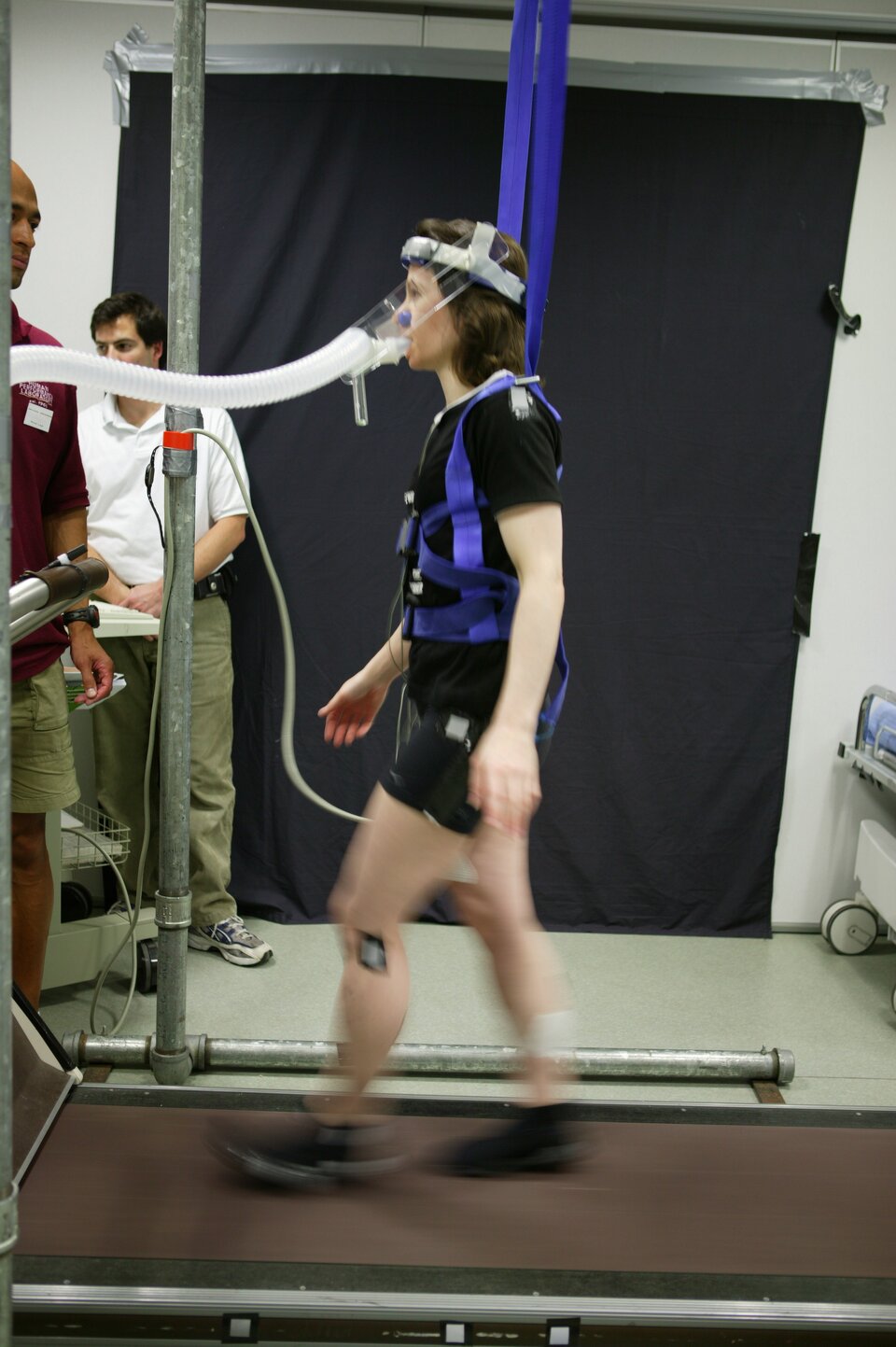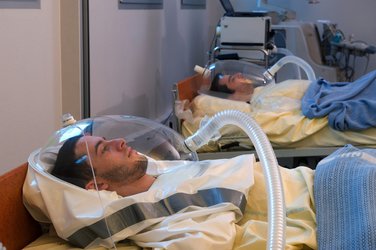Standing on your own two feet
Recuperating after a long bedrest study is similar to the way people recover from serious illness or how astronauts are helped to regain full muscle and bone structure after being in space.
After the human body adapts to spending days upside down in bed – it cannot get up and walk as soon as a bedrest study is over.
Participants are slowly raised back into an upright position and the volunteers are literally massaged back into health over a period of weeks. Further tests are done and participants are followed to make sure that their bodies return to full health.

Exercise is done slowly but surely with at least one hour each day spent in the gym. Participants often get blisters on their feet and muscle pains because they are no longer used to using them.
Despite the controlled regime, returning to normal life can be exhausting.
Aside from the physical adaptation necessary to returning to a vertical world, bedrest volunteers often remark on how they have to adapt psychologically.
“Everything seemed to be moving,” writes Dorota in her bedrest diary. “While lying down we kept our heads in the same position all the time – after getting up it seemed like the whole world was moving around!”
Many participants remark on the exclusion from normal life that they notice only once the study is over. For the duration of the study most decisions are taken on behalf of the volunteers. They do not choose what to eat, they don’t need to pay for anything in the shops, the number of people they see is limited.
Returning to the real world and its many decisions can be quite overwhelming. Added to that is the sensory deprivation experienced by the participants.

During the course of the study, they will have been inside the whole time. Compared to the centre where the study took place, the sounds and smells experienced outside are more varied and the participants will be more aware of them after the study.
Complete rehabilitation can take months and the participants are given regular check-ups to make sure that they completely recover.









